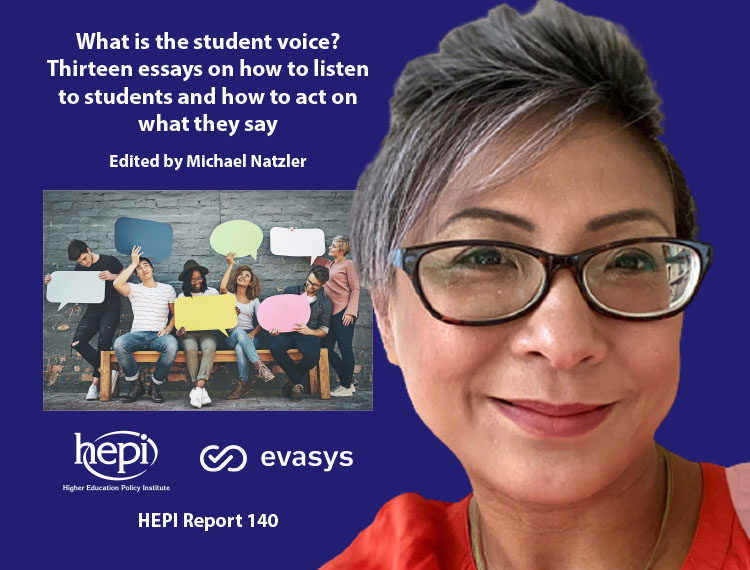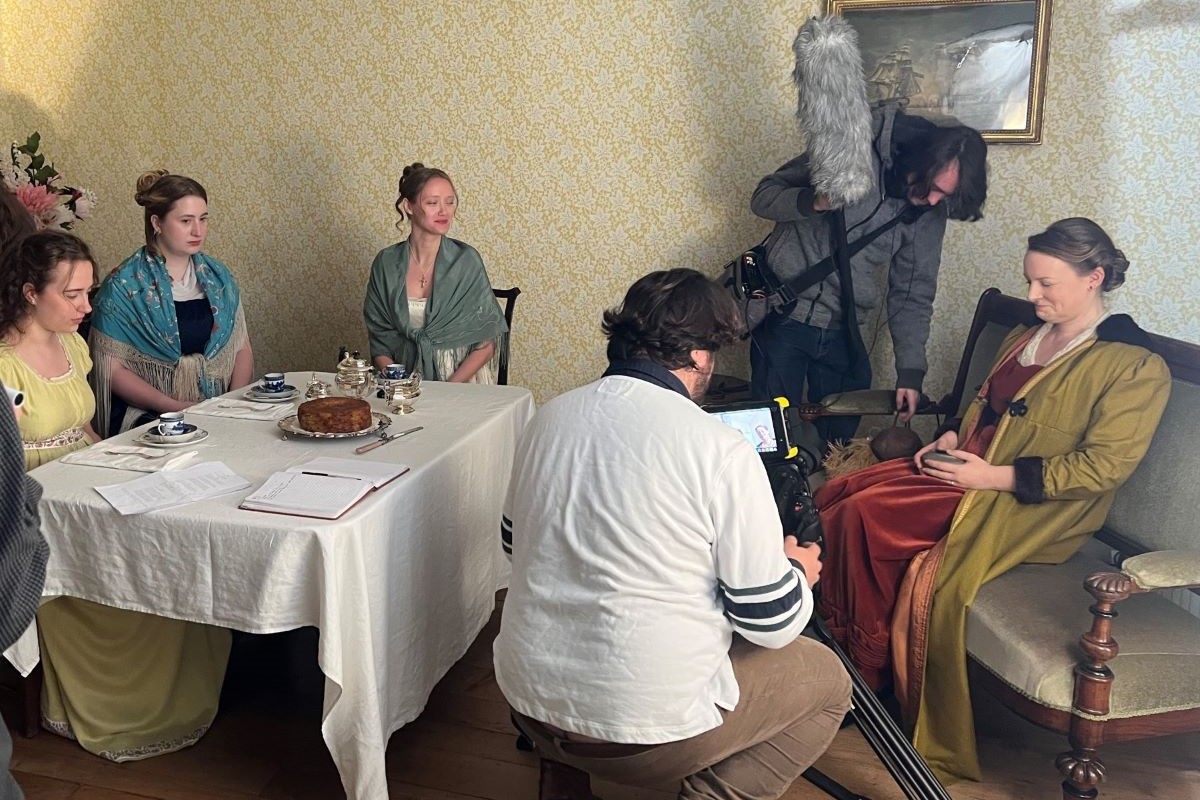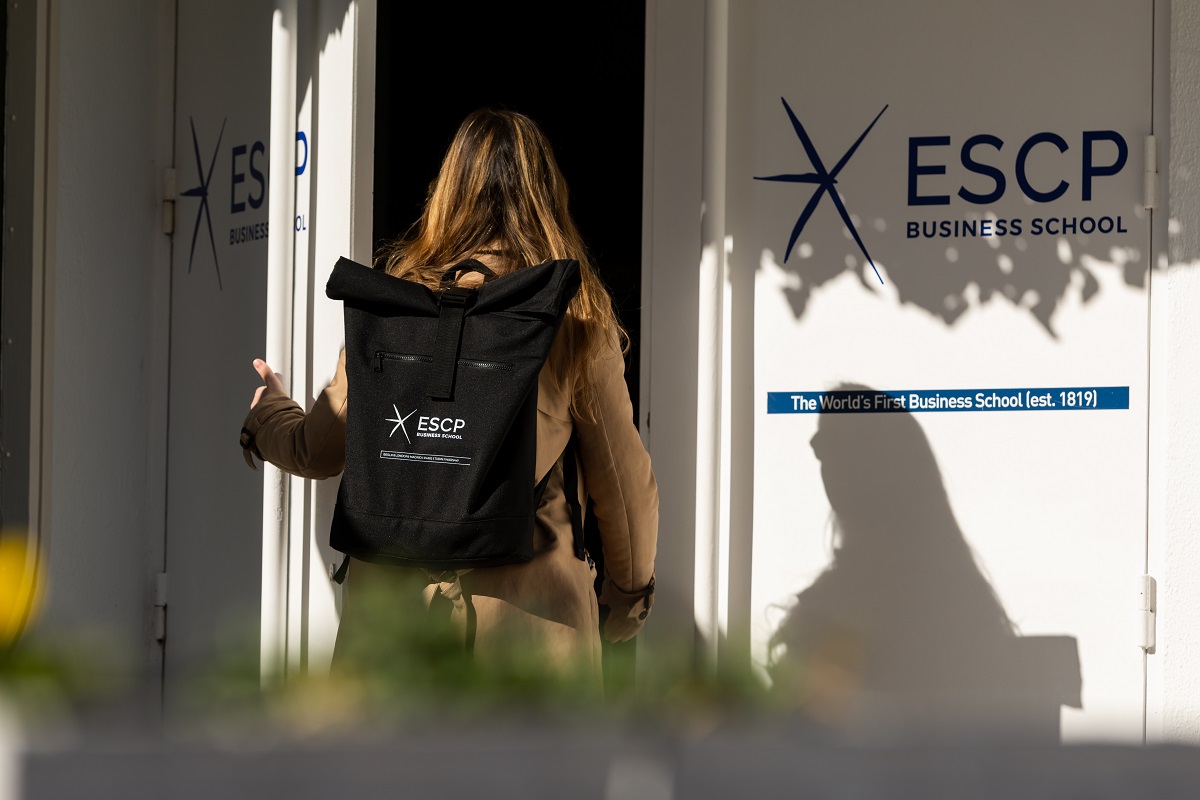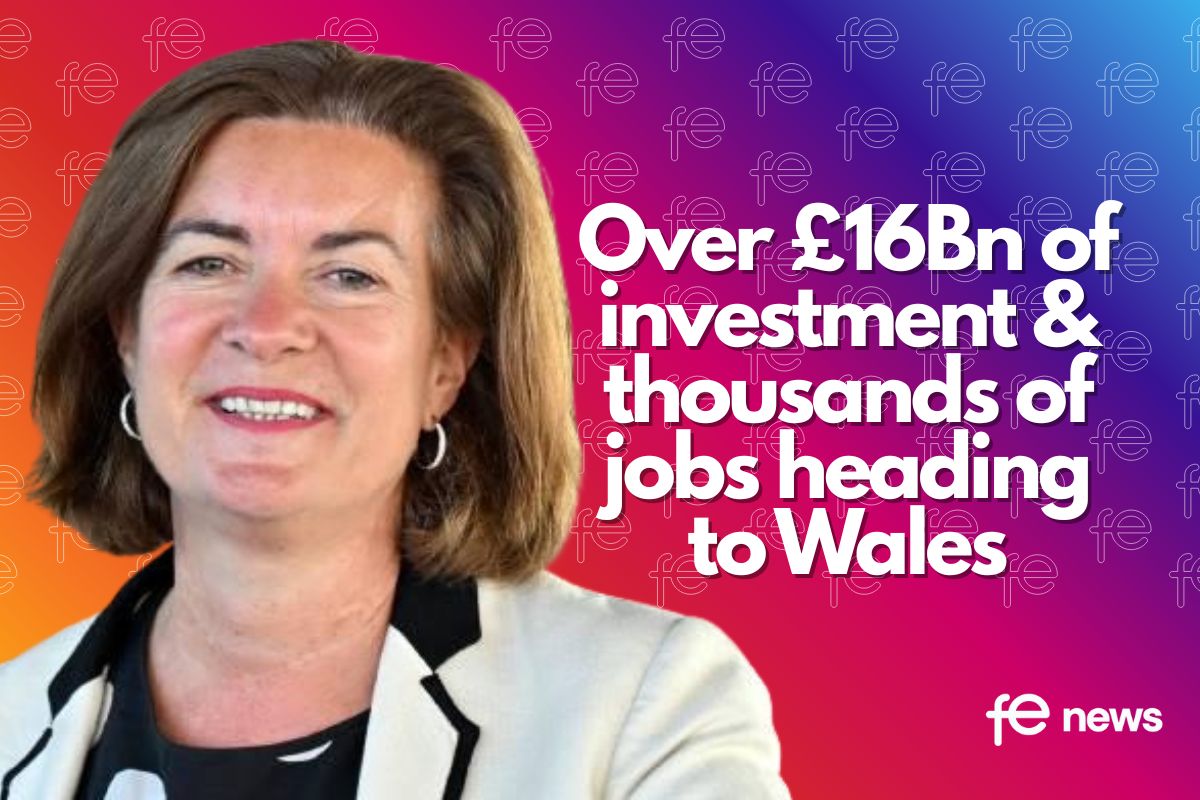The virtuous loop: capturing the student voice through course and module evaluation

In recent years, UK higher education providers have increasingly used surveys to capture the student voice to understand the student learning experience.
They typically survey their students at the end of each teaching period, sometimes mid-module, usually using a mix of paper and online surveys.
With the outbreak of the COVID-19 pandemic and the temporary closure of physical campuses, evaluation is now mainly administered and managed online.
The rich granular data captured from course and module evaluations can shed light on student experiences and augment institutional understanding of how to enhance the learning and teaching delivered.
Done correctly, the evaluation process also opens a dialogue with students which in turn can improve student engagement and enhance partnership in the collaborative venture of learning.
The move towards seeking the student voice has been driven by policy, regulatory and market conditions.
The June 2011 Higher Education White Paper Students at the Heart of the System set out the Government’s expectation that student evaluation at module level should be used in an ‘open and transparent’ way to inform ‘a continuous process of improving teaching quality’:
allowing students and lecturers within a university to see this feedback at an individual module level will help students to choose the best course for them and to drive an improvement in the quality of teaching.
The UK Quality Code for Higher Education also recommends this underlying practice for all higher education providers:
The provider engages students individually and collectively in the development, assurance and enhancement of the quality of their educational experience … Providers work in partnership with the student body to close the feedback loop.
At the sector-level, the National Student Survey (NSS) has been conducted annually since 2005 and is an established survey for capturing useful data that help providers and their students’ unions identify areas of success and areas for enhancement. It also provides students with the opportunity to help shape the future of their course at their institutions.
At the request of the Universities Minister, the NSS was reviewed in late 2020 to address concerns that while the NSS remains an important indicator of student opinion, the survey may be creating huge administrative burdens and therefore impacting on standards.
The results from phase one of the review reported that the NSS would be run in 2020/21 broadly in the same way as before, with results published at a statistically robust level, and with more efforts to raise student awareness on use of the data.
Who are student surveys for?
So it would appear that student surveys are here to stay for the foreseeable future. But before we go any further, we must stop to ask, who are student surveys for?
Writing for EvaSys, Dr Christine Couper asserts:
“There are lots of possible answers to the question of what student surveys are for, like ‘highlighting the strengths and weaknesses in an approach to teaching’, or ‘evidencing the need for change’ and ‘giving students the opportunity to share their opinions’.
“These, in turn, led to some more questions:
- Who are the key stakeholders when running a survey?
- Do they all benefit?
- Do some receive very little benefit?
- Can we make surveys more useful?
“From a university perspective, students who participate in survey work for altruistic reasons provide a great service. Surveys may be the most efficient way to provide a voice to a whole cohort of students such that everyone gets a similar hearing. The feedback should impact directly on the teaching and learning of the next cohort.”
Luke Humberstone, Vice President of Welfare and Wellbeing at the University of the West of Scotland Students’ Union, offers the following reflection:
“In my experience capturing the student voice as a mechanism of the quality process is something that should be done with the genuine intent of improvement. Sometimes academics might use the processes as a box- ticking exercise or are too quick to say that something cannot be changed or improved because of the capacity of the individual or team. Even that being fed back to students can be useful in illuminating them to the real life pressures on academics.”
And there you have it: The whole point of gathering student feedback is to directly impact on and improve learning and teaching.
Further, closing the student feedback loop to students is a highly effective way to facilitate two-way communication between students and institutions and provide a constructive framework to enable lecturers to reflect on and enhance their practice.
At the University of Greenwich, evaluation data is used to open up a dialogue at module level. The university uses EvaSys to provide automated survey outcomes directly to participants when a survey closes. This enables students to ascertain their experiences against that of the rest of the cohort. But it does not stop there.
If the primary objectives for gathering course evaluation data are to improve teaching quality and the student experience and at the institutional level for broader quality assurance and enhancement, then timely reporting to staff is an equally important feedback loop to close.
Staff engagement with survey outcomes is key and, at Greenwich, module leaders are required to reflect on and respond to their module outcomes and these responses are shared with their students. These can include thanking students for positive comments but, more crucially, explaining how key issues will be resolved.
The University of Hull uses a similar approach. Module leaders are encouraged to reflect on areas of good practice and areas for development from their module survey feedback and then propose actions they will take to enhance the module in future. The Student Insight and Sector Policy team at Hull evaluated data from three trimesters across 2019/20 and 2020/21.
Historically, the survey question referring to marking criteria being clear in advance was their lowest ranked result. The team found that working to improve this has been one of the most frequent types of enhancement activity proposed by staff in their reflections on module feedback:
Staff are recognising the importance of explaining and signposting the assessment criteria early on in the module. They are aiming to provide more detail to address that the criteria is too vague, or conversely, simplifying it when it is too complex. They are also aiming to cover the marking criteria in a variety of ways … The sustained focus on improving this area has seen incremental increases in student satisfaction each trimester, producing an overall uplift of 7.6 per cent by 2020/21 trimester one since the lowest position in 2017/18.
At Hull, module leaders not only reflect on student feedback but also inform students about how their feedback has been used to shape teaching practice. ‘Student Reports’ are disseminated to all students in each module cohort, including to those who did not submit a response to the module evaluation. This ‘you said, we did’ feedback at the module level creates a virtuous feedback loop where each new student cohort understands where current aspects of delivery have evolved from previous student feedback, while also being able to contribute themselves.
Closing the feedback loop is also imperative for securing and maintaining student participation in the evaluation process.18 Students are more likely to complete surveys if they know their feedback is important to their tutors, department and university and that their feedback will be acted on. From the perspective of providers, gathering student data and listening to their concerns, needs and comments can result in the more efficient use of resources, enhanced retention and better employability – but only if the right questions are asked and institutional leaders and staff are prepared to act on the feedback.
Closing the feedback loop will make students feel a part of an effective, value-added process and this in turn will ensure continued engagement with future evaluations.
Ismail Ali, President of the Student Union at the University of the West of Scotland in 2020/21 perfectly sums up the importance of the virtuous feedback loop:
“Closing the student feedback loop makes students active partners in ensuring that teaching and learning delivery not only works well but continues to improve over time. The dialogue between students, module leaders and the wider university is an ongoing project and it is imperative not just to close the feedback loop but to stay in the loop too.”
Dr Helena Lim, PFHEA Head of Opportunities, EvaSys
What is the student voice? |
|
Produced by the Higher Education Policy Institute and with support from EvaSys, What is the student voice? Thirteen essays on how to listen to students and how to act on what they say (HEPI Report 140) edited by Michael Natzler, is a new collection of essays which provides a range of views on what and where the student voice resides and how to listen and respond to it. The collection covers a wide range of topics from the role of sabbatical officers as governors to the National Union of Students, mature students and includes contributions from survey experts, sabbatical officers and a vice-chancellor as well as interviews with the Office for Students’ Student Panel. Including a chapter by Nick Hillman, HEPI Director, the chapters are:
|











Responses